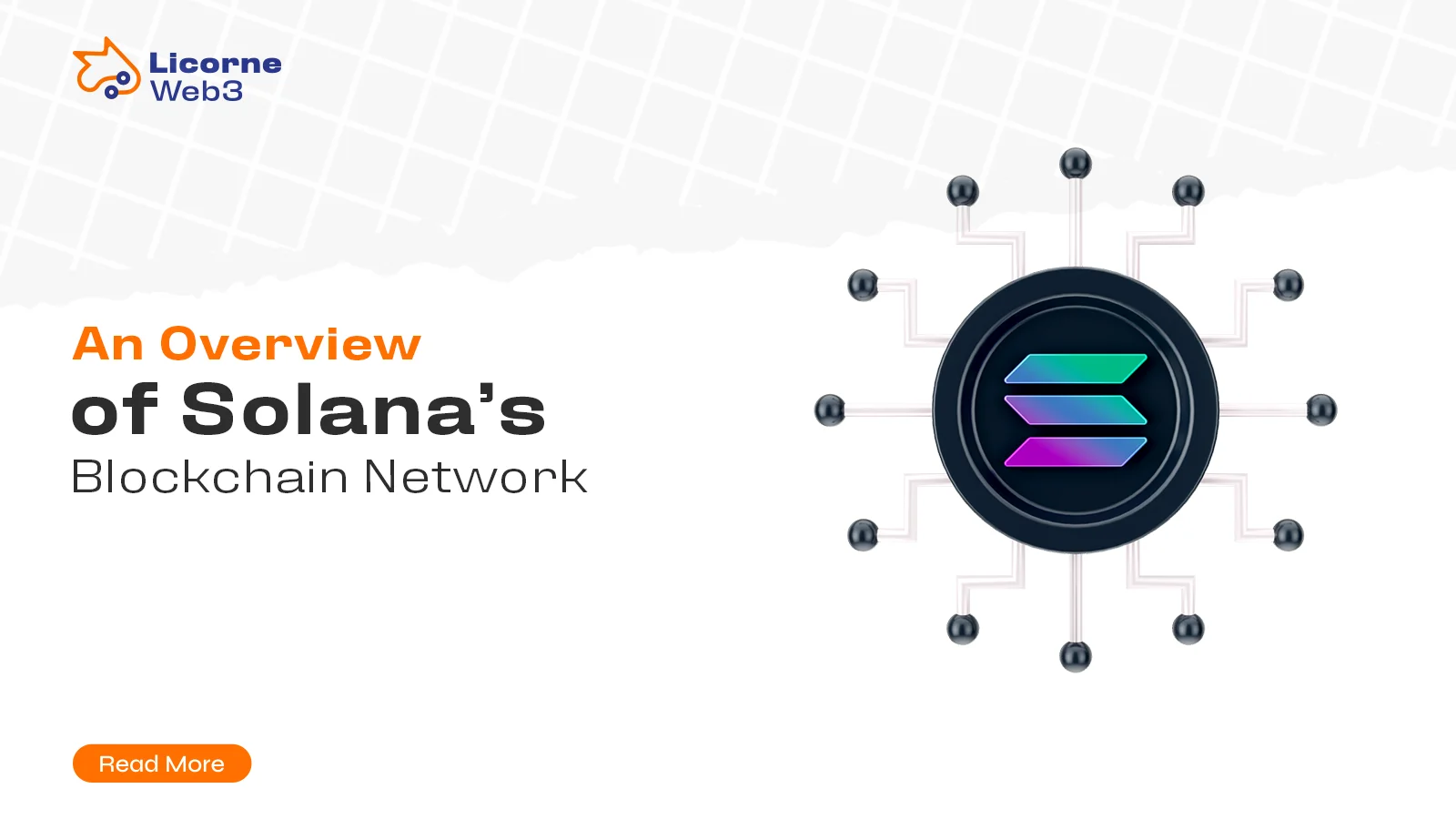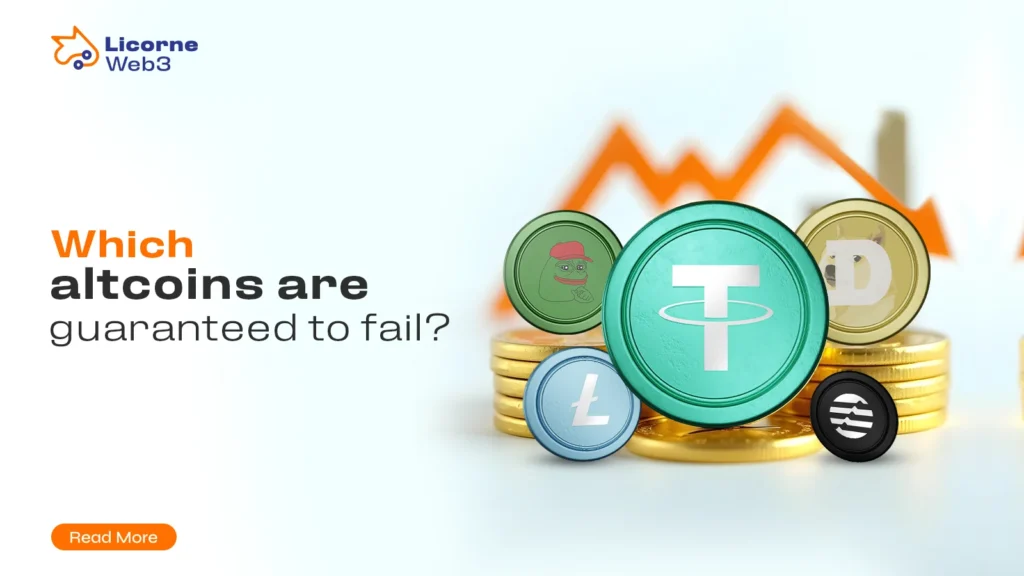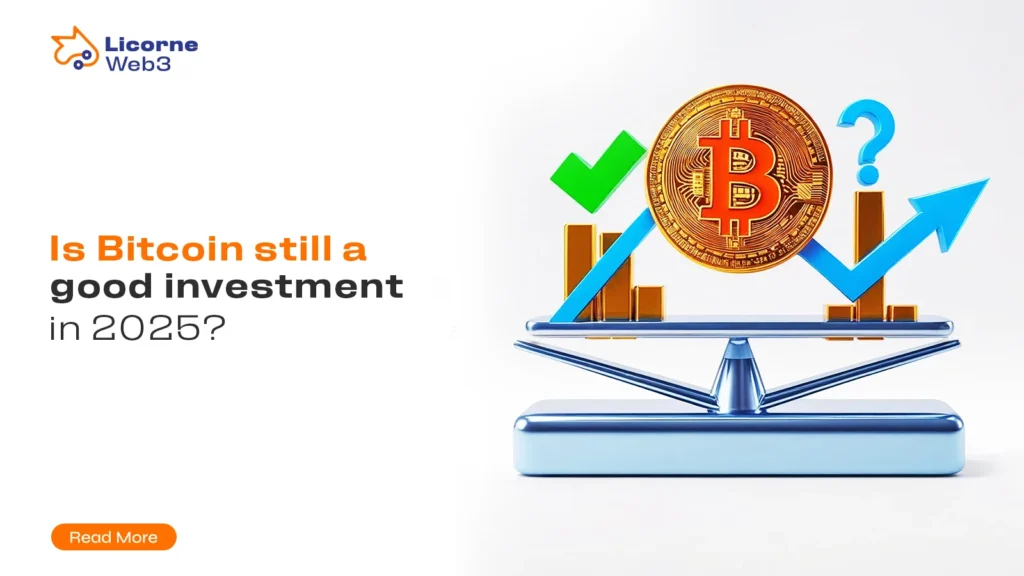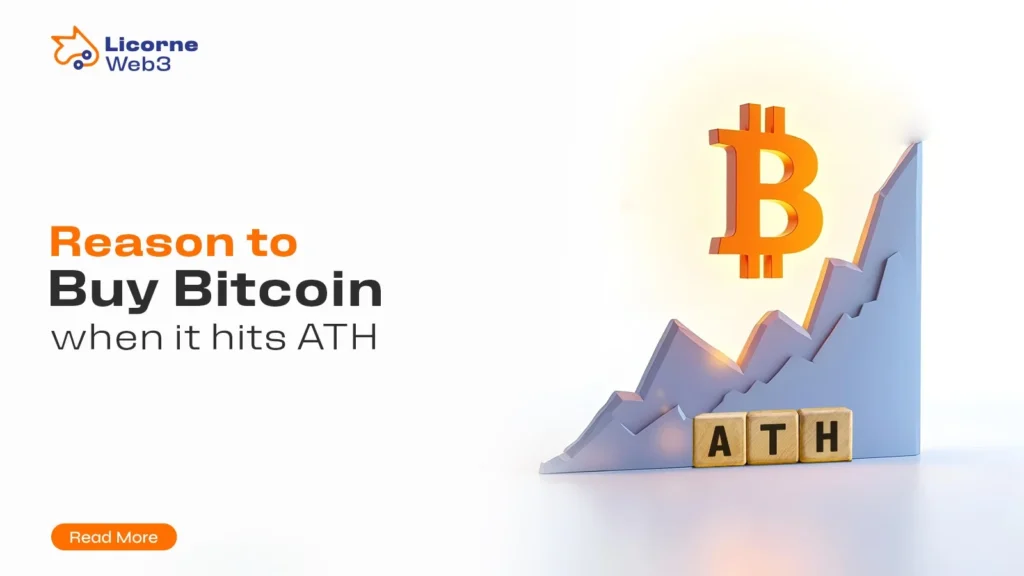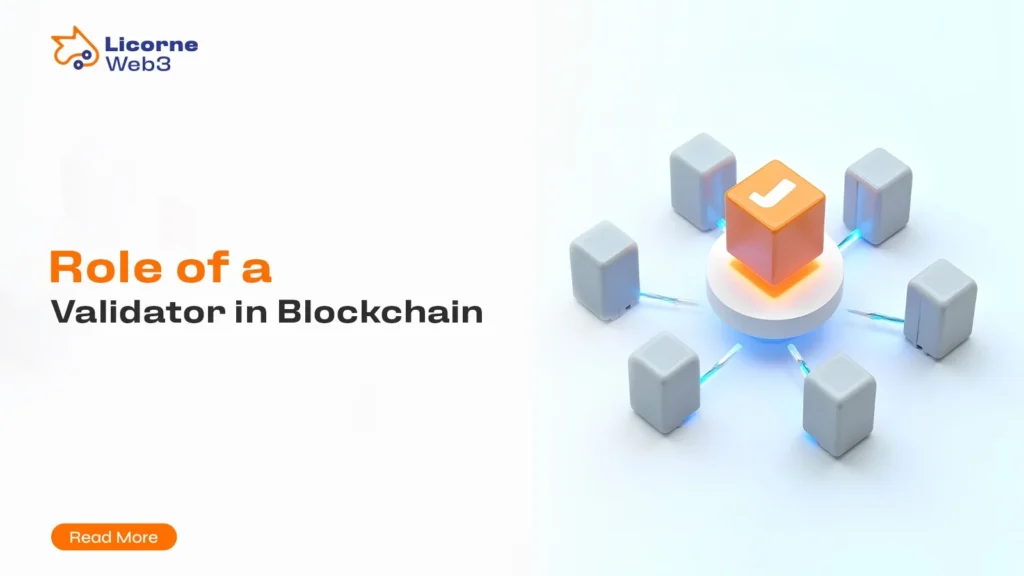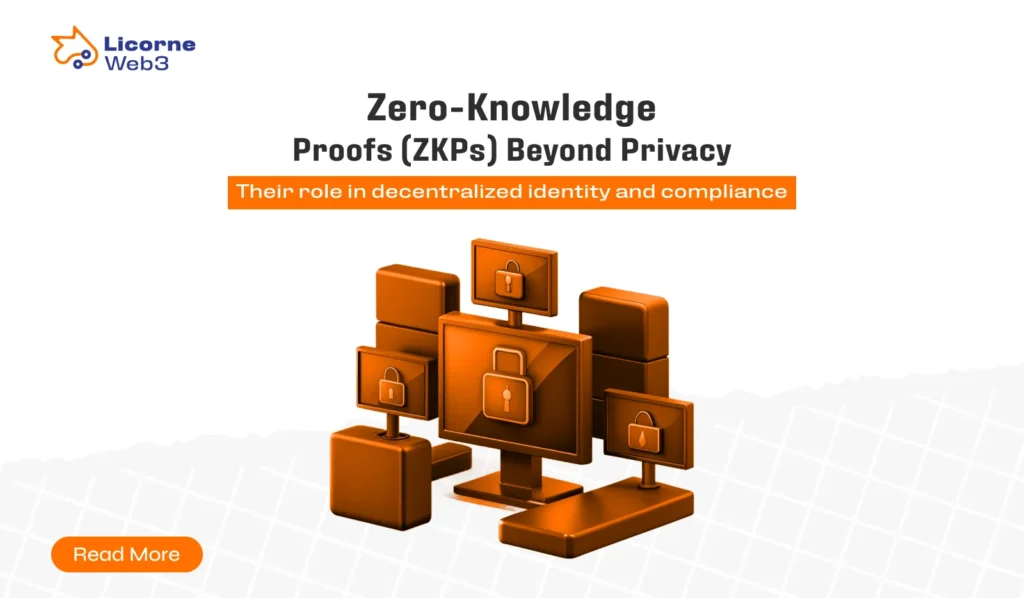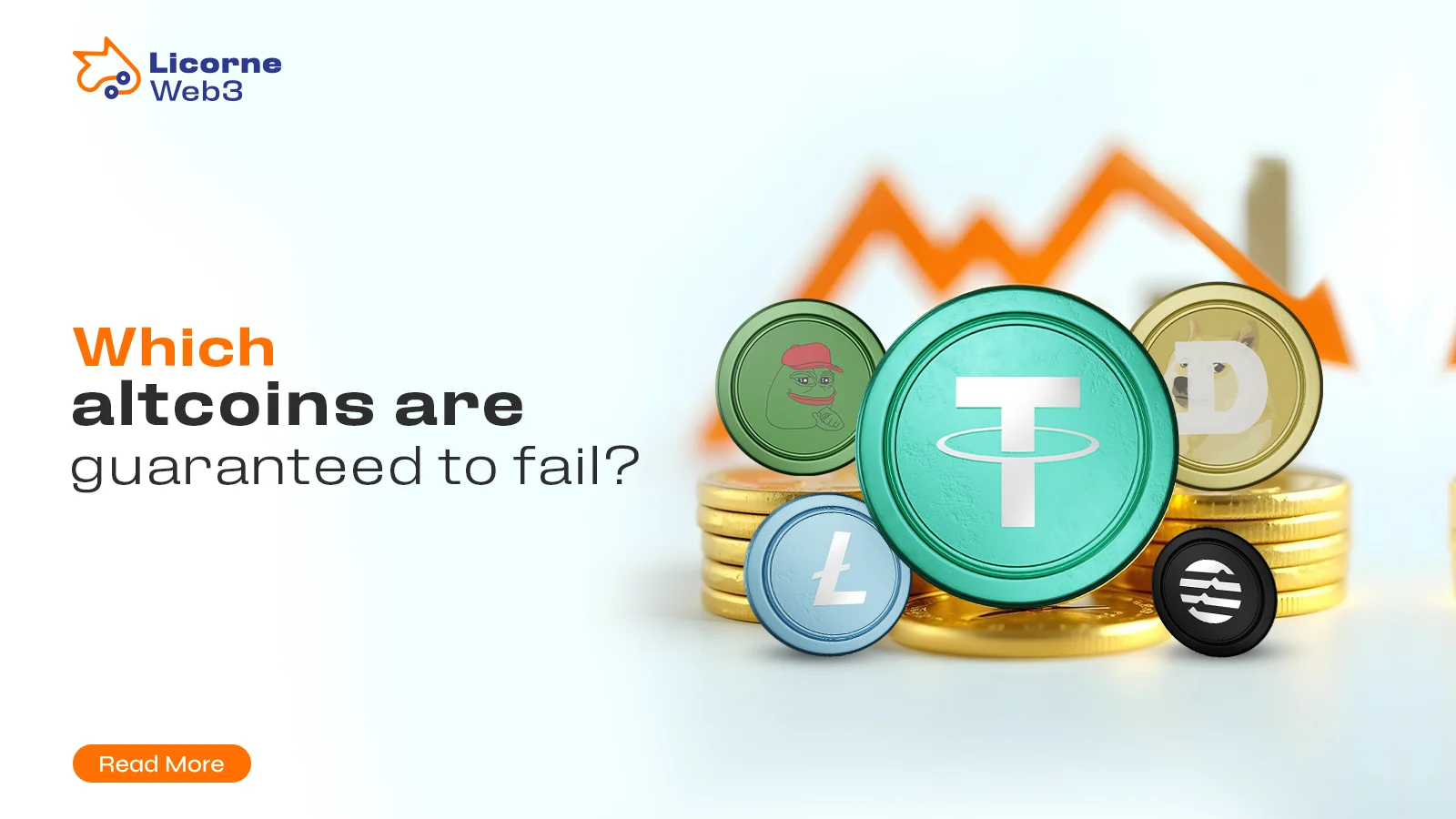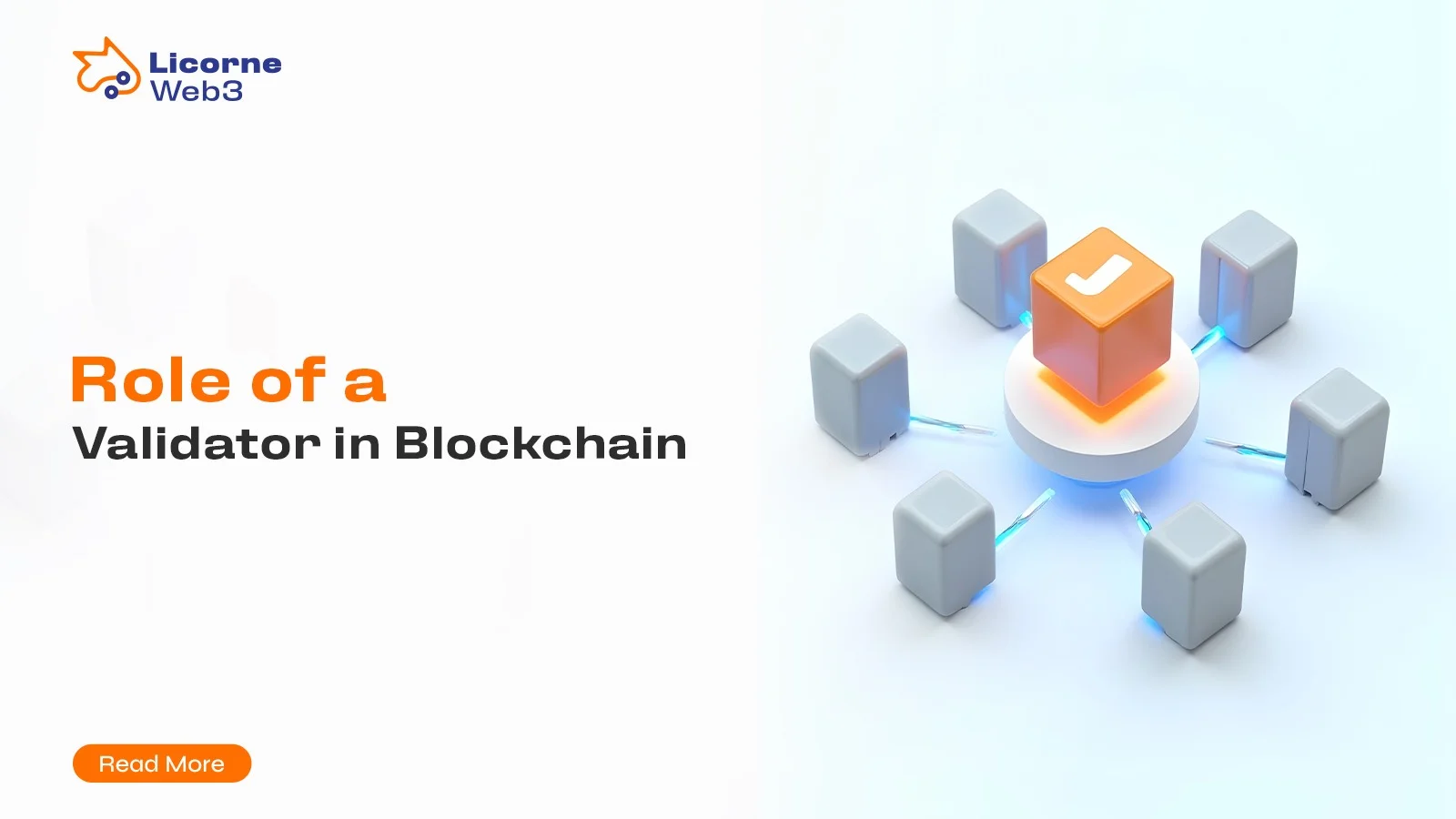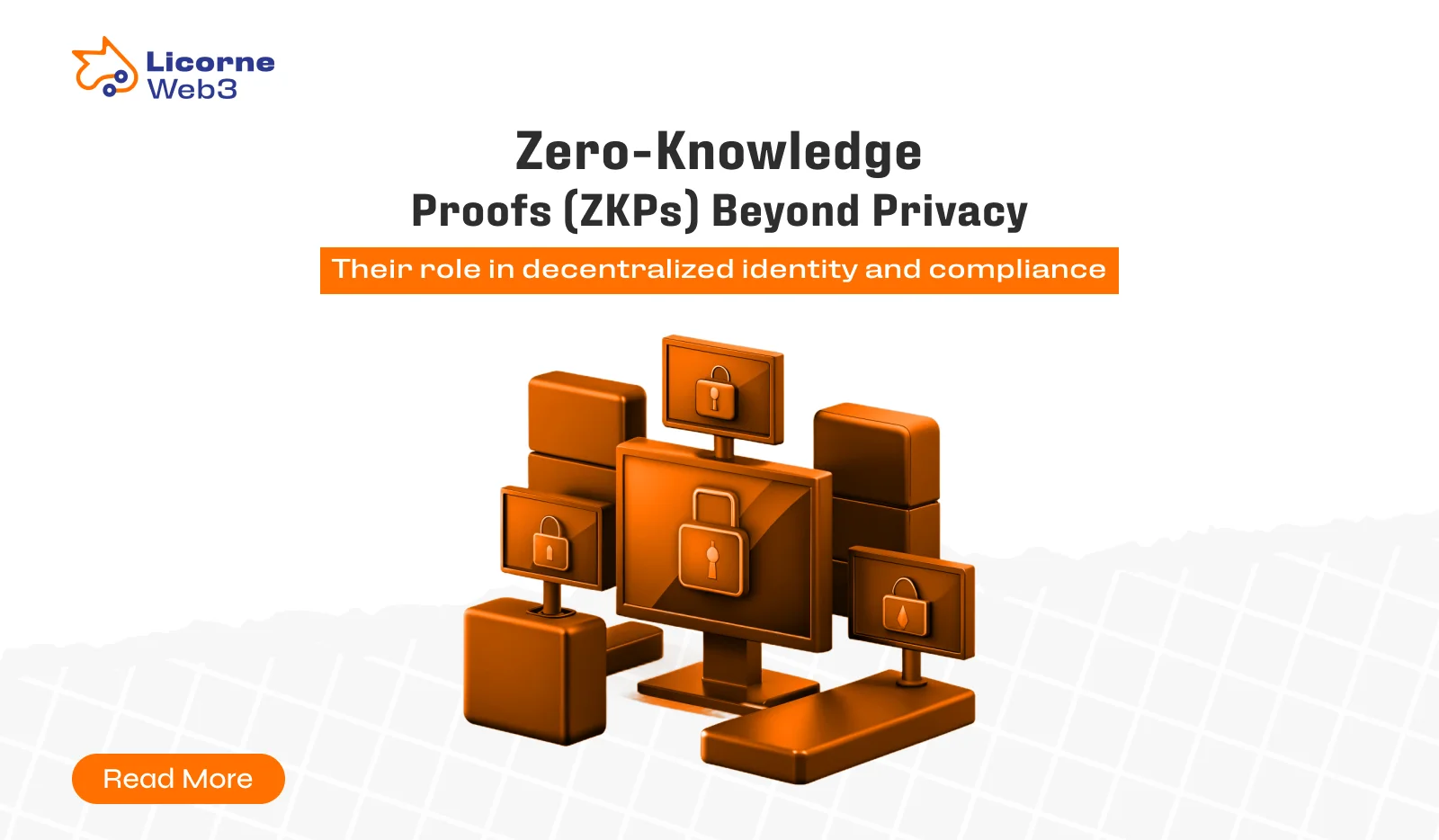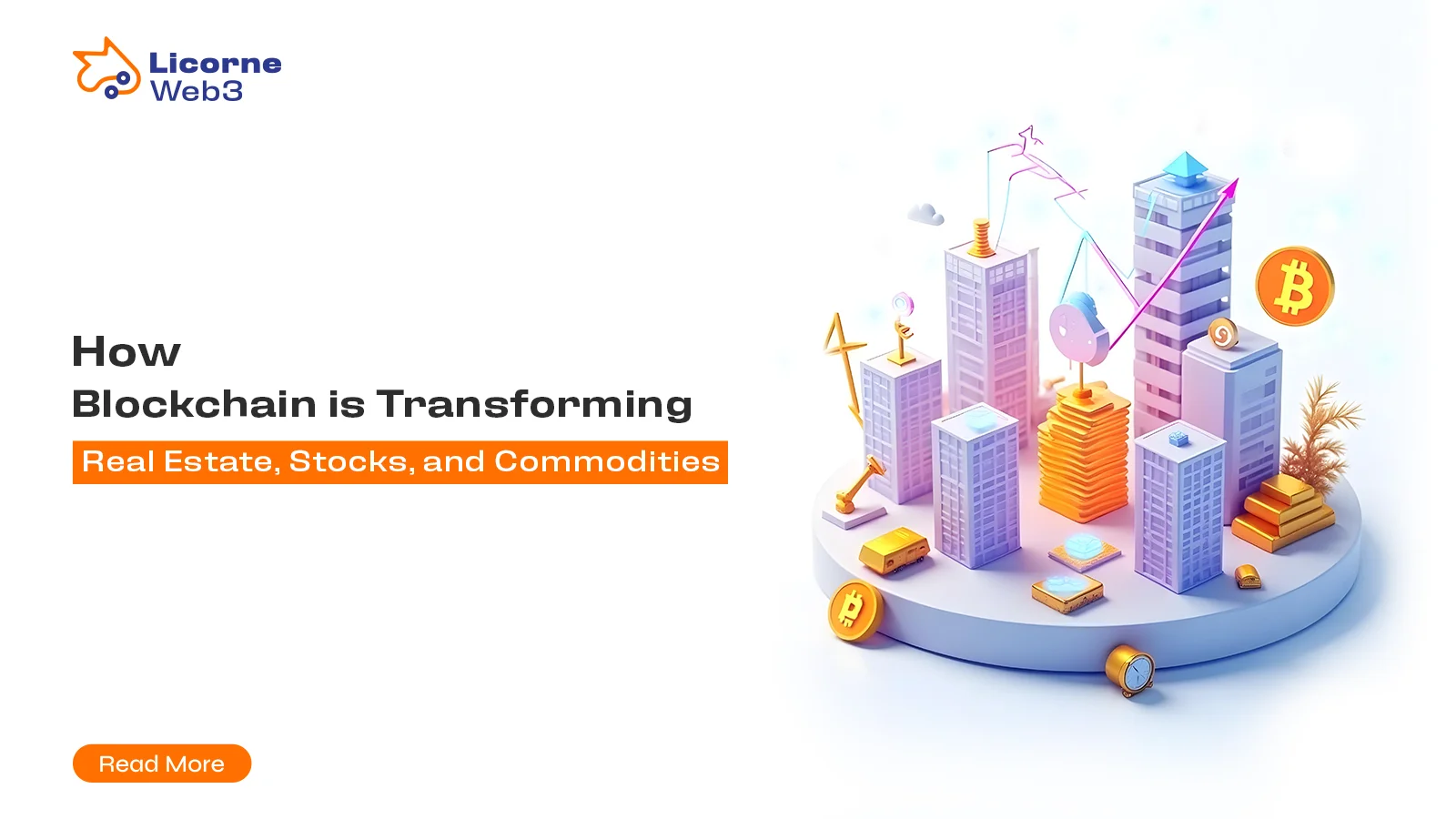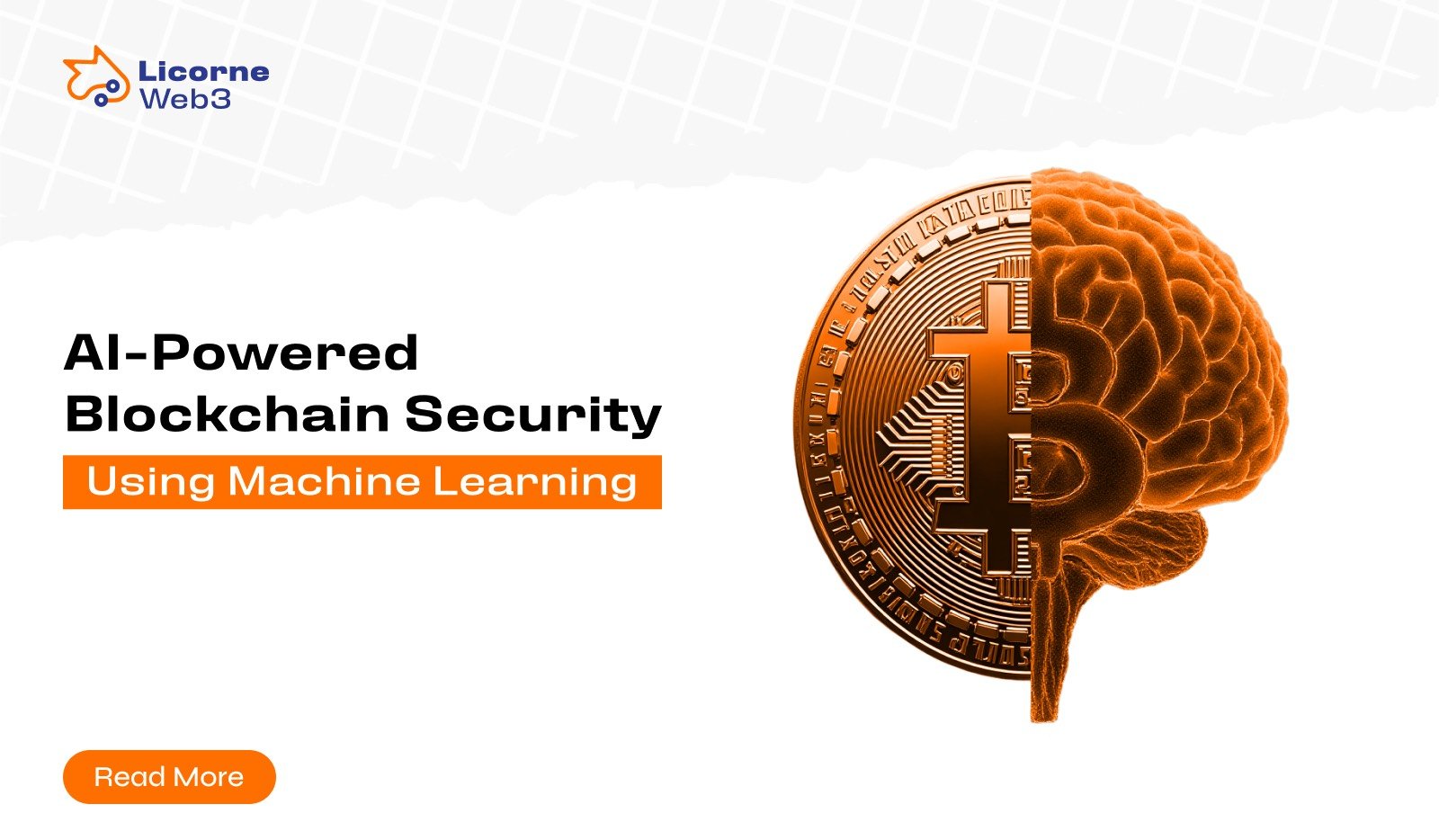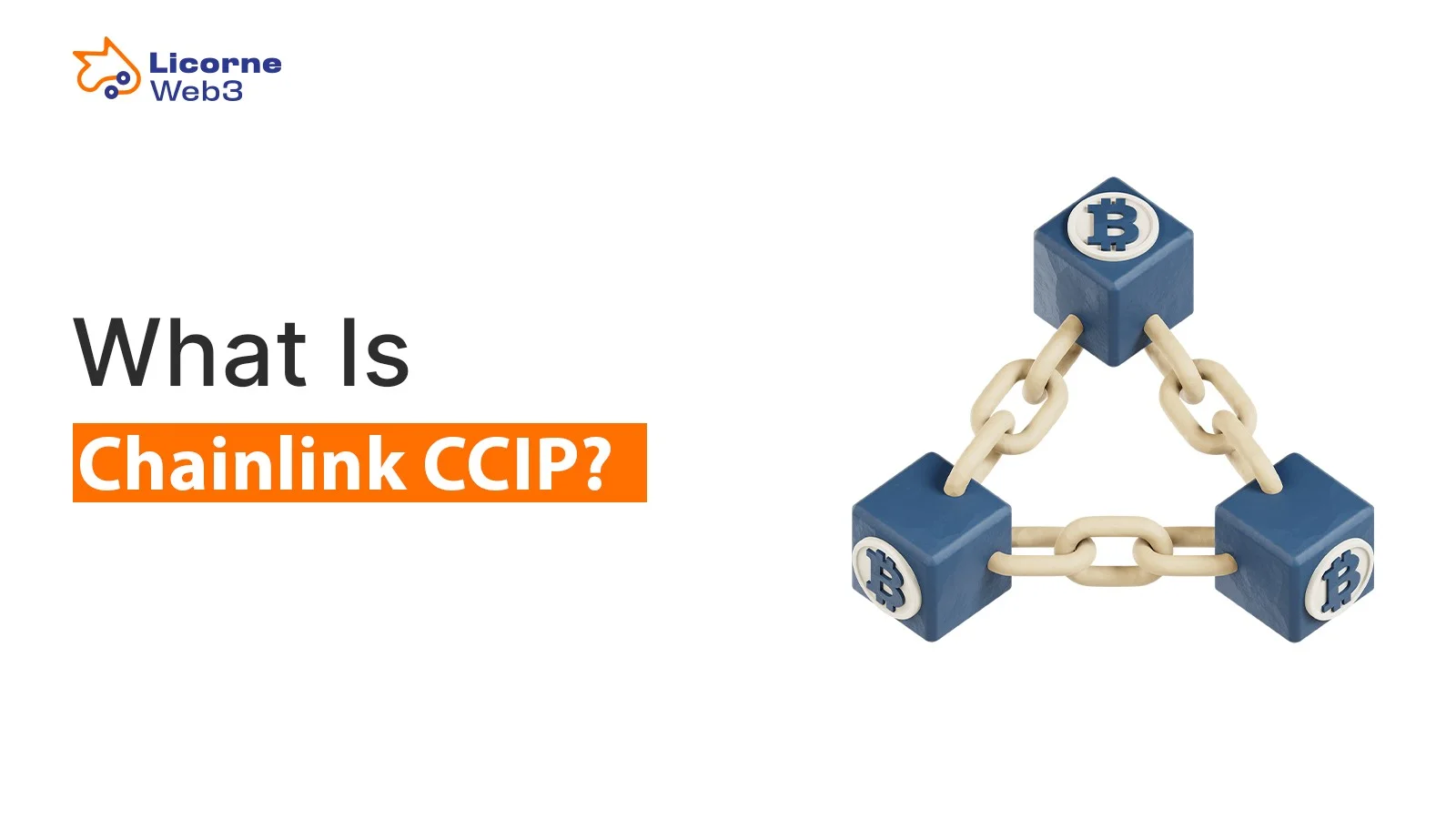In the ever-expanding world of blockchain innovation, Solana has carved out a reputation as one of the most efficient and developer-friendly ecosystems on the market. Launched with the vision of solving congestion and cost issues faced by older networks like Ethereum, Solana distinguishes itself through lightning-fast throughput, exceptionally low transaction fees, and a powerful consensus mechanism known as Proof of History (PoH), which works in tandem with Proof of Stake (PoS). This unique hybrid approach makes Solana a formidable blockchain platform capable of supporting high-frequency decentralized apps and real-time trading environments.
As the Solana Foundation continues to nurture its ecosystem, developers and investors alike are rallying behind the SOL token, which fuels everything from smart contract execution to governance participation. Solana isn’t just a name in the Layer 1 race—it’s a serious contender shaping the future of decentralized finance and beyond.
In this comprehensive guide, we’ll unpack everything you need to know about Solana—from how its technology works to its average speeds and fees, token creation capabilities, and whether it qualifies as a stablecoin or a Layer 2 solution. We’ll also shine a light on Solana Pay, the network’s native payment protocol that aims to revolutionize digital transactions.
How Does Solana Blockchain Work?
Solana has gained massive traction in the blockchain space, largely due to its innovative and highly efficient consensus mechanism. At the heart of Solana’s architecture lies a unique hybrid of Proof-of-History (PoH) and Proof-of-Stake (PoS)—a combination that enables the network to achieve unparalleled transaction speeds and scalability.
Unlike traditional blockchain models, PoH provides a historical record that proves events occurred in a specific sequence, drastically reducing processing time for nodes. When paired with PoS, which ensures network security and validator efficiency, this system creates a blockchain platform that’s both lightning-fast and highly secure.
This cutting-edge design allows Solana to support thousands of transactions per second while maintaining consistently low transaction fees, making it an ideal environment for building and deploying decentralized applications (dApps). Whether it’s gaming, DeFi protocols, or NFT marketplaces, developers are turning to Solana for its performance and ease of use.
The SOL Token, Solana’s native asset, plays a critical role across the ecosystem. It’s used to pay for transaction fees, secure the network through staking, and interact with smart contracts and dApps. Backed by the ongoing efforts of Solana Labs, which actively contributes to core development and ecosystem growth, the network is rapidly becoming a go-to hub for scalable, next-gen blockchain solutions.
Key Features:
- Proof-of-History (PoH): Creates a cryptographic timestamp for transactions, reducing validation time.
- Turbine Protocol: Splits data into smaller packets for faster propagation.
- Gulf Stream: Mempool-less transaction forwarding, reducing confirmation times.
- Sealevel: Parallel smart contract execution (unlike Ethereum’s sequential processing).
This architecture allows Solana to process 50,000+ TPS (transactions per second) with sub-second finality.
Is Solana the Future of Blockchain?
Solana’s speed and low cost make it a strong contender, but challenges remain:
Pros:
✅ Ultra-fast transactions (faster than Ethereum & Bitcoin).
✅ Low fees (~$0.0001 per transaction).
✅ Growing DeFi & NFT ecosystem (Raydium, Magic Eden, etc.).
✅ Strong institutional backing (FTX collapse hurt, but recovery is strong).
Cons:
❌ Past network outages (criticized for downtime).
❌ Centralization concerns (fewer validators than Ethereum).
❌ Competition from Ethereum L2s (Arbitrum, Optimism).
Verdict: Solana is a top-tier blockchain, but it must improve stability to dominate long-term.
What is Solana’s Average Transaction Fee?
- Average fee: $0.0001 – $0.001 (much cheaper than Ethereum).
- Comparison:
- Ethereum: $1 – $50 (depending on congestion).
- Binance Smart Chain: ~$0.10 – $0.30.
- Solana: Cheapest for high-frequency trading.
How to Create and Launch a Token on Solana
Creating and launching a token on the Solana blockchain has become a streamlined and developer-friendly process, especially with its robust architecture and growing ecosystem. Unlike traditional proof-of-work blockchains that suffer from congestion and high fees, Solana’s high-speed and scalable infrastructure—powered by its unique Proof-of-History and Proof-of-Stake hybrid—makes token deployment both efficient and cost-effective.
To get started, developers must first install the Solana CLI (Command Line Interface), which serves as the gateway to interacting with the blockchain. Once installed, the next step is setting up a compatible wallet—most commonly Phantom or Solflare—which will store your native token once it’s created. These wallets are also supported on Solana Mobile, allowing developers and users to manage tokens on the go.
Tokens on Solana are created using the SPL protocol, which is Solana’s equivalent to Ethereum’s ERC-20 standard. Through the Solana Program Library (SPL), users can generate tokens that inherit the core functionalities expected of blockchain assets—such as transferability, fungibility, and wallet compatibility. For more advanced customization, such as incorporating unique logic or on-chain behavior, developers may use the Rust programming language, which Solana smart contracts (called programs) are primarily written in.
Integration with dApps and front-end interfaces is made possible via Solana’s Web3.js library, enabling seamless interaction between the new token and decentralized applications. After deployment, the token can be listed on decentralized exchanges (DEXs) like Raydium and Orca, opening it up to trading and liquidity provision. This can significantly influence the token’s market capitalization, especially as trading volume grows.
While the creation of a token on Solana doesn’t automatically entitle holders to staking rewards, additional programs and features can be layered in to support staking mechanisms if desired. In summary, launching a token on Solana is not just about minting—it’s about leveraging a high-performance blockchain platform that supports widespread utility, fast execution, and a growing mobile-first future.
Is Solana a Stablecoin?
No, Solana (SOL) is not a stablecoin. Rather, it is the native cryptocurrency of the Solana ecosystem, used to pay for gas fees, secure the network through staking, and power vote transactions—a critical part of maintaining consensus on the network. Unlike stablecoins, which are pegged to assets like the US dollar to minimize volatility, SOL fluctuates in value and plays a dynamic role in network operation.
Thanks to its innovative architecture, including the Solana Virtual Machine and a hybrid consensus mechanism combining Proof of History and Proof of Stake, Solana delivers exceptional transaction throughput, capable of processing thousands of transactions per second with remarkably low latency. This performance also benefits users of stablecoins like USDC and USDT, which operate on Solana blockchain platforms for rapid, low-cost transfers.
The ecosystem supports a wide array of digital assets, from SPL Tokens (Solana’s equivalent to Ethereum’s ERC-20 standard) to non-fungible tokens (NFTs) and complex smart contracts. Transactions on the network are metered using compute units, allowing developers to manage resource usage efficiently while delivering robust and scalable applications.
So while Solana isn’t a stablecoin itself, its high-speed, low-cost infrastructure plays a major role in supporting stablecoins and countless other assets within its rapidly growing ecosystem.
What is Solana Pay?
Solana Pay is a cutting-edge decentralized payment protocol that empowers users and merchants to send and receive crypto transactions instantly and with near-zero fees. Operating on the high-performance Solana blockchain, this protocol takes advantage of the network’s powerful infrastructure, specifically its transaction processing units (TPUs) and efficient metering of compute units, to ensure swift and scalable digital payments.
Built to integrate seamlessly with any decentralized application, Solana Pay is especially valuable within the DeFi platform ecosystem, enabling smooth on-chain commerce, microtransactions, and real-world utility. It also supports the delegated proof of stake model that underpins Solana’s governance, where vote transactions play a key role in maintaining network consensus.
Whether it’s for merchants seeking a Web3 alternative to traditional payment rails, or developers building seamless crypto-native checkout flows, Solana Pay marks a major leap toward real-world blockchain adoption—backed by the speed, efficiency, and security of the Solana network.
Key Benefits:
✔ Zero fees for merchants.
✔ Instant settlement (no bank delays).
✔ Supports USDC, SOL, and other tokens.
✔ Used by Shopify, FTX (pre-collapse), and more.
Is Solana a Layer 2 Blockchain Protocol?
Solana is not a Layer 2 protocol it’s a fully independent Layer 1 blockchain platform, much like Ethereum.
Solana Is a Layer 1 Blockchain
It operates on its own consensus mechanism, combining Proof of History (PoH) with Proof of Stake (PoS), and does not rely on another chain like Bitcoin or Ethereum for security or validation.
What Makes It Stand Out
Known for its exceptional transaction throughput, it processes thousands of transactions per second with incredibly low transaction fees. The Solana Virtual Machine, optimized for high-speed performance, supports both smart contracts and complex decentralized applications, making the platform ideal for large-scale adoption.
Layer 2 Ecosystem Is Emerging
While Solana itself isn’t a Layer 2, new Layer 2 solutions are being built on top of it—including innovations like ZK-rollups for enhanced scalability and privacy. These will allow developers to harness it’s core speed while adding custom functionality for niche use cases.
Solana Avg Transaction Fee & Speed (2025 Update)
| Metric | Solana | Ethereum | BSC |
| Avg Fee | $0.0001 | $1+ | $0.10 |
| Speed (TPS) | 50,000+ | 15-30 | 300 |
| Finality | <1 sec | ~5 min | ~3 sec |
Solana wins in speed & cost, but Ethereum remains more decentralized.
Conclusion:
If I had to bet on a blockchain that’s pushing the limits of speed, scalability, and user experience right now, It would be hard to ignore. It’s not perfect, if you’re a decentralization purist, it might fall a bit short, but its performance is seriously impressive.
From blazing-fast micropayments to thriving NFT and DeFi ecosystems, it delivers where it counts. Whether it overtakes Ethereum or not is almost beside the point; Solana is clearly carving its own path, and it’s one worth watching.
Author
-

Blockchain Writer & Web3 Expert
View all posts
Areej Maqbool is a Blockchain writer and thought leader with over 5 years of experience in crafting compelling narratives and insights on blockchain and Web3 innovation. Her expertise spans the intersection of technology, business, and society, with a focus on decentralized applications, smart contracts, and blockchain adoption.
Key Expertise:
- Blockchain and Web3 storytelling
- Technical writing for blockchain and Web3 projects
- Thought leadership and opinion editorials
- Research and analysis on blockchain and Web3 trends


